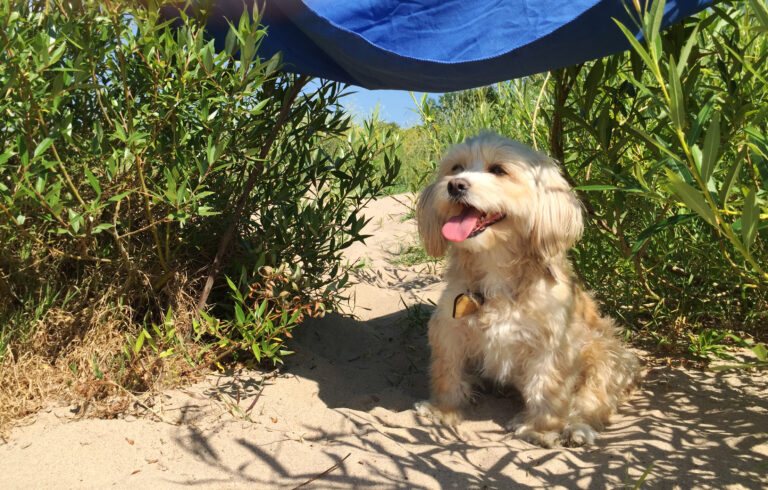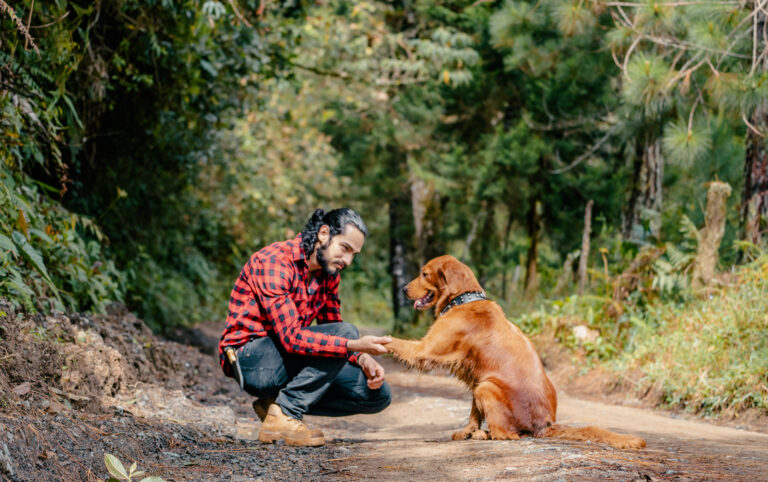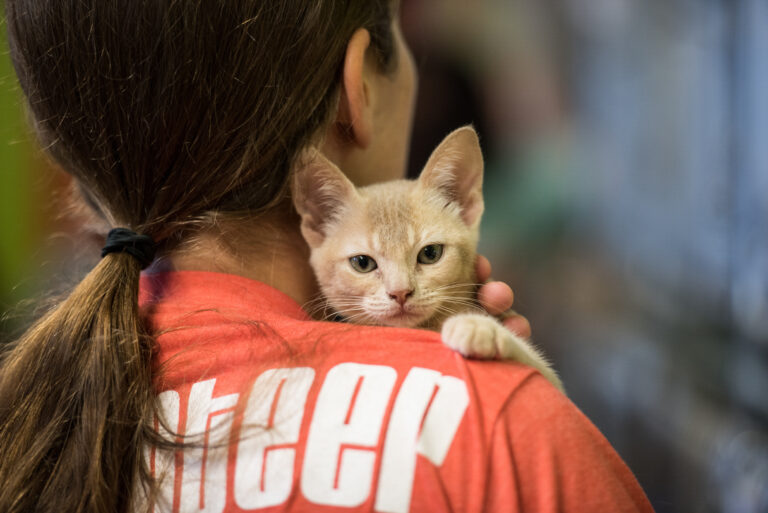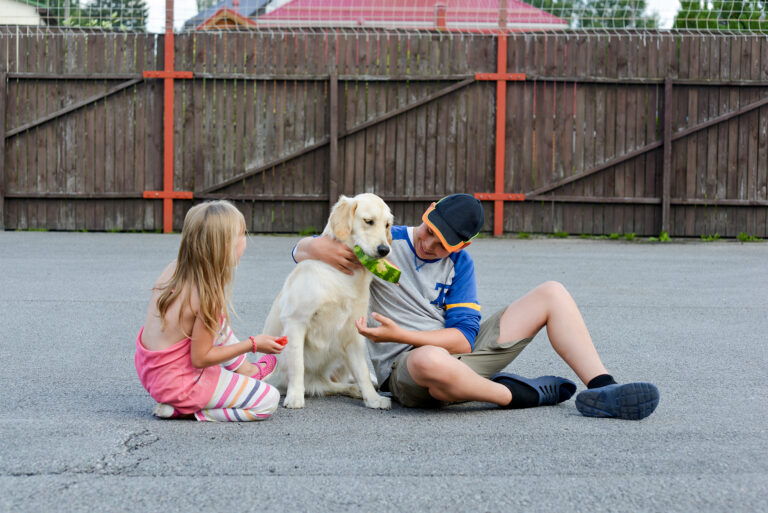When the weather outside is frightful, it doesn’t mean your dog’s fitness routine needs to go into hibernation. Indoor agility training is an excellent way to keep your furry friend physically and mentally stimulated, even when it’s cold outside. This article will explore the benefits of indoor agility training for dogs and offer tips on how to create an engaging agility course inside your home.
Table of Contents
The Benefits of Indoor Agility Training
Indoor agility training offers multiple benefits for dogs:
- Physical Exercise: Agility training provides a great workout, helping dogs maintain a healthy weight and muscle tone.
- Mental Stimulation: Navigating an agility course requires focus and problem-solving, which keeps a dog’s mind active and engaged.
- Bonding Time: Working through an agility course together can strengthen the bond between you and your dog.
- Confidence Building: Successfully completing an agility course can boost a dog’s confidence and improve their overall demeanor.
Setting Up an Indoor Agility Course
- Space: Choose a spacious area in your home, like a living room or basement. Move furniture aside to create a safe, open space.
- Equipment: Use household items to create obstacles. Chairs can act as weave poles, broomsticks can be balanced between objects to make jumps, and blankets can be draped over chairs to create tunnels.
- Safety First: Ensure the course is safe for your dog. Avoid sharp edges and slippery surfaces, and ensure all equipment is stable.
- Start Simple: Begin with basic obstacles and gradually introduce more complex ones as your dog becomes more comfortable and skilled.
Training Tips for Indoor Agility
- Positive Reinforcement: Use treats and praise to encourage and reward your dog. This keeps training fun and motivating.
- Pace Yourself: Start with short training sessions and gradually increase the duration. Watch for signs of fatigue and always end on a positive note.
- Consistency: Regular practice is key. Even short daily sessions can lead to significant improvements over time.
- Patience: Some dogs may take longer to get used to the obstacles. Be patient and adjust the difficulty level according to your dog’s comfort and ability.
Challenges and Modifications
- Space Limitations: If space is limited, focus on training that requires less room, like trick training or obedience exercises.
- Adapting to Your Dog’s Ability: Modify the course to suit your dog’s size, age, and physical ability. Smaller dogs or those with joint issues may need lower jumps and fewer obstacles.
- Variety: Keep training interesting by changing the course layout and introducing new challenges regularly.
Benefits Beyond Physical Fitness
- Behavioral Improvement: Regular mental and physical exercise can reduce common behavior problems like excessive barking or chewing.
- Stress Relief: Physical activity can help alleviate stress and anxiety in dogs, leading to a more relaxed and happy pet.
In Conclusion
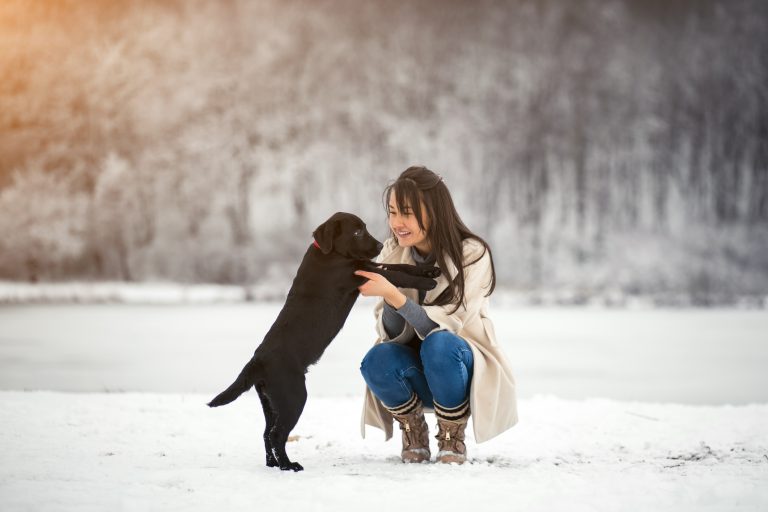
Indoor agility training is a fun and effective way to keep your dog fit and entertained during the colder months. It provides not only physical exercise but also mental stimulation and an opportunity for bonding. By using simple household items and a bit of creativity, you can set up an agility course that caters to your dog’s needs and abilities.
Remember, the key to successful indoor agility training is to make it enjoyable and safe for your dog. With patience and consistent practice, you’ll not only help maintain your dog’s physical fitness but also enhance their overall well-being. So, when it’s too cold to venture outside, bring the excitement indoors and enjoy the rewarding experience of indoor agility training with your canine companion.


